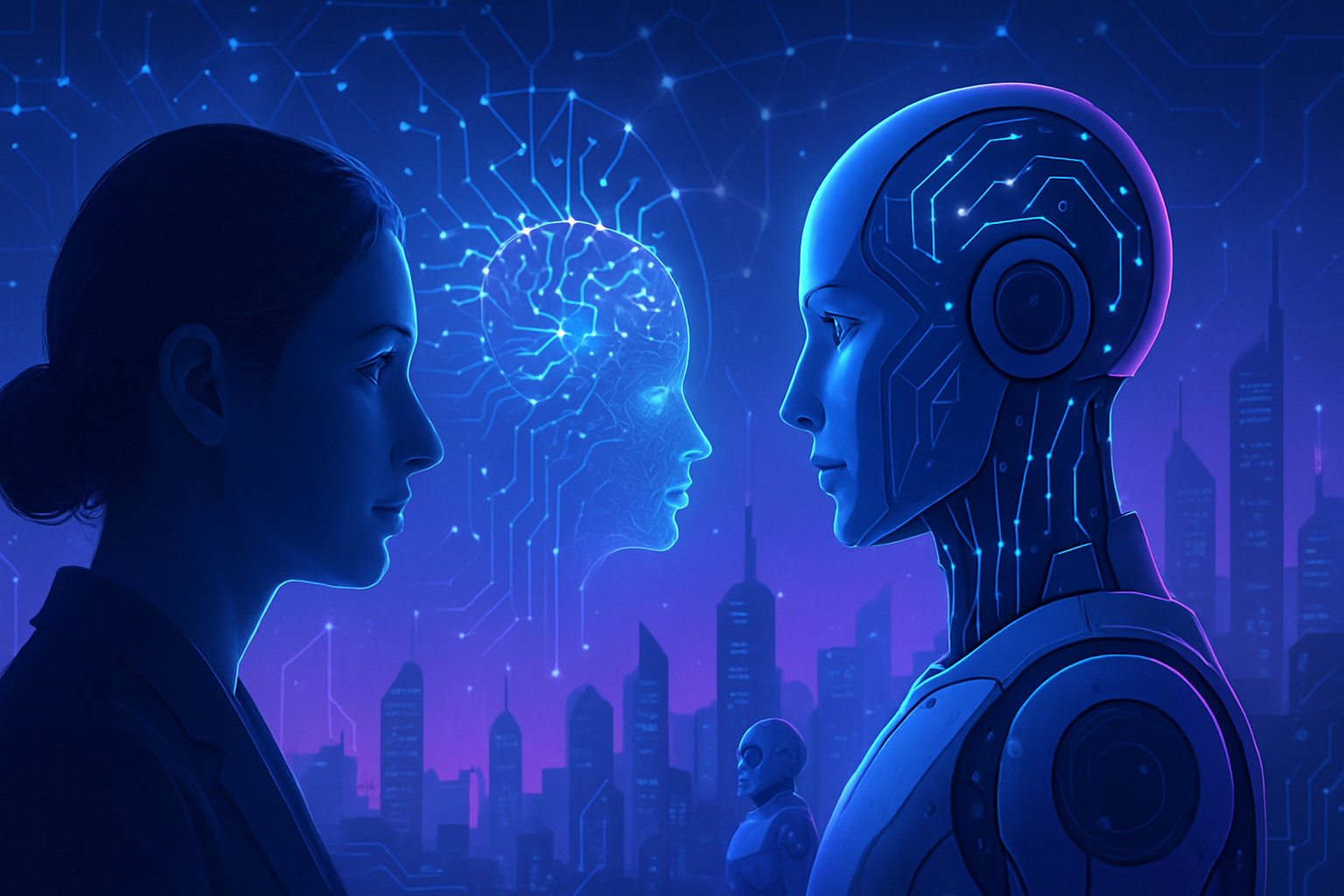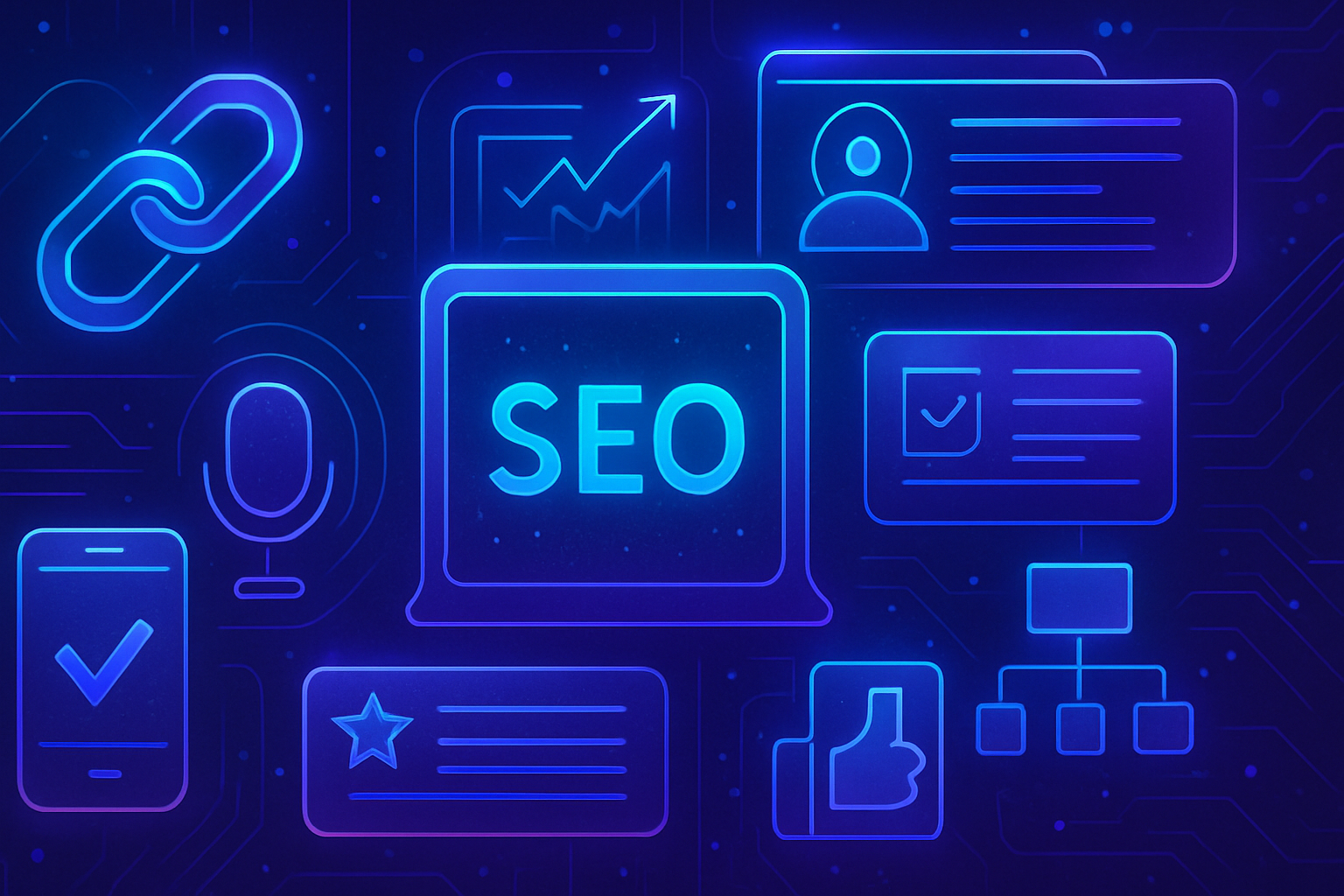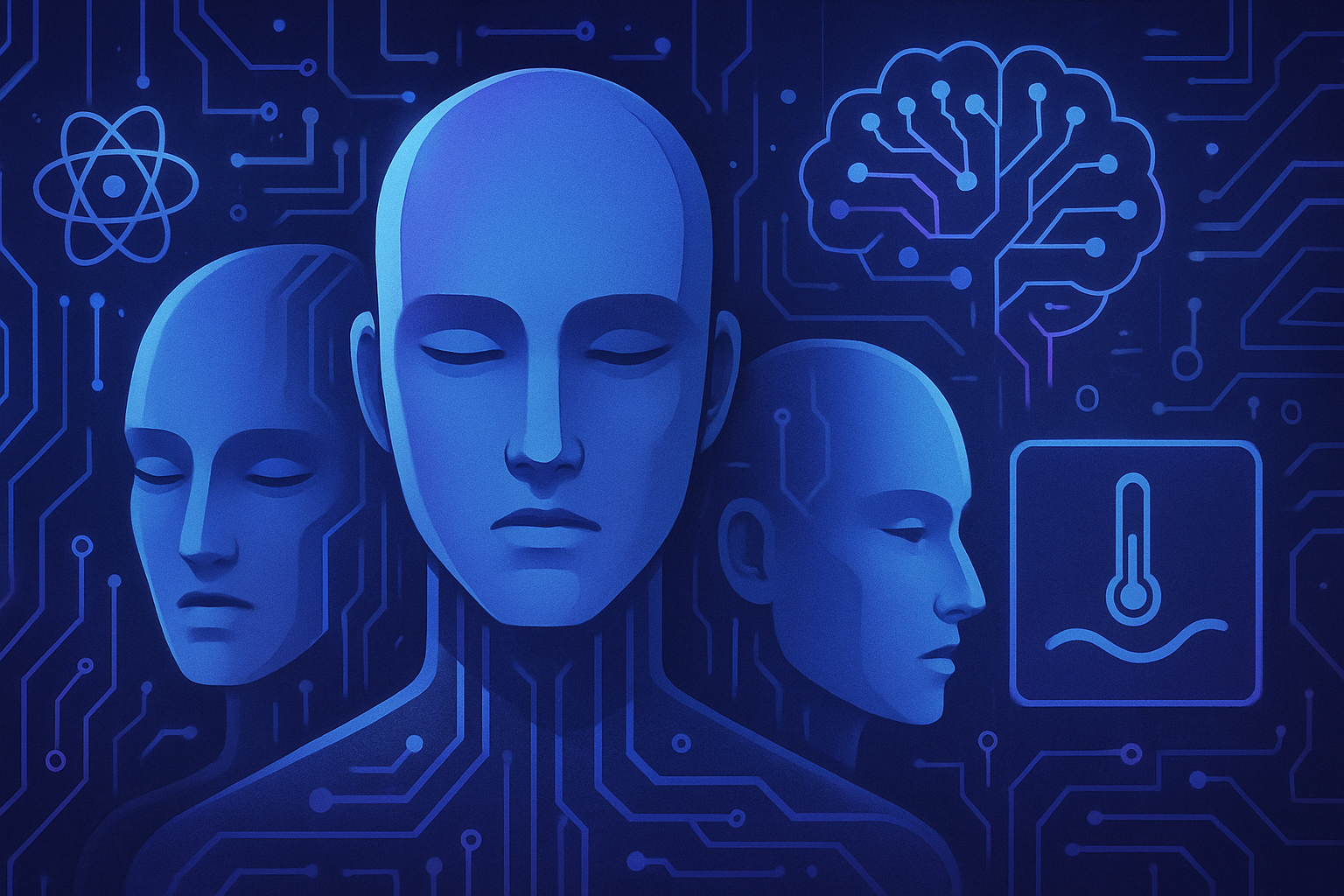Intel, once a pillar of the semiconductor industry, is facing formidable challenges. Confronted with *fierce competition*, the tech giant struggles to reinvent itself in the face of the demands of a rapidly changing market. The transition to *artificial intelligence* necessitates immediate adaptation to new innovative architectures.
The situation intensifies with a *risk of erosion of its leadership*, amplifying concerns about its sustainability. The hesitant strategic investments and execution difficulties call into question Intel’s future. The fight for a comeback seems harder than ever.
The Roots of the Problem
Intel is facing a particularly difficult context in the semiconductor market. The rise of AMD, with its innovative architectures, has radically changed competitive dynamics. This shift forces Intel to reevaluate its strategies and position against increasingly formidable adversaries.
Internal Issues
The performance issues encountered by some of its processor ranges are concerning. The recent failures of the Core i9-13900K and 14900K highlight weaknesses in the production chain. Manufacturing tensions have led to significant delays and instability that directly affect consumer and investor confidence.
Market Reaction
The market has violently reacted to recent announcements, with Intel’s stock dropping nearly 30%. Analysts label this as an “existential problem” for the company. Intel’s inability to meet market expectations raises questions about its sustainability.
External Pressure
Macro-economic conditions weigh heavily on Intel. Demand for electronic products has plummeted due to the pandemic and geopolitical conflicts. The current period is characterized by high market volatility, making forecasts particularly uncertain.
Delayed Innovations
Several ambitious projects, such as Arrow Lake, have been postponed. These announcements, which could have revitalized the company, are now perceived as setbacks. The loss of momentum in innovation could prove fatal in such a competitive sector.
The Approach to AI
AI-based innovations are often touted as the future of the tech market. Yet, Intel struggles to integrate these technologies into its business model. The lack of clear direction could lead to lost opportunities in front of competitors like Nvidia and AMD, who are investing heavily in this area. Creating synergies between hardware and AI will soon become crucial for Intel’s survival.
Adaptation Strategies
Intel’s leaders have presented several initiatives to reignite the engine. Partnerships with companies specializing in AI are being considered, as well as efforts to modernize manufacturing infrastructures. Emphasis on agility and innovation is mentioned as key to facing this turnaround.
Future Perspectives
Despite these challenges, signs of hope are emerging. The focus on sustainability and energy efficiency could create new niches in the market. Intel must urgently reinvent itself to regain its status as a leader in the semiconductor industry. The race for innovation will be crucial to stand out in the sector.
Questions and Answers on Intel’s Turnaround Facing Obstacles
What are the main difficulties Intel is facing in its turnaround process?
Intel is facing structural problems, such as increased competition from AMD and other industry players, as well as challenges related to technological innovation and production timelines.
How does Intel plan to overcome its current obstacles?
Intel plans to intensify its research and development efforts, improve its manufacturing processes, and strengthen its strategic partnerships to regain its position in the market.
What impacts does the drop in Intel’s stock have on employee morale?
The significant drop in Intel’s stock can raise concerns among employees regarding the company’s stability, which may affect motivation and trust within teams.
What organizational changes is Intel implementing to support its turnaround?
Intel has begun to reevaluate its strategic priorities, reorganizing its teams and focusing on key market segments while reducing operational costs.
How does AMD’s competition influence Intel’s turnaround strategy?
The rise of AMD forces Intel to react quickly by launching competitive products and optimizing its technologies to avoid losing market share.
Does the transition to artificial intelligence affect Intel’s turnaround prospects?
Yes, the need to integrate AI solutions into its products forces Intel to realign its investments and innovate to meet new market demands.
What results does Intel hope to achieve with its new turnaround plan?
Intel hopes to restore its competitiveness, improve its profitability, and regain investor confidence by returning to revolutionary product launches.
How does the current economic climate impact Intel’s turnaround?
The uncertain economic climate can affect Intel’s investments as well as the demand for its products, complicating its ability to achieve an effective turnaround.
What timelines does Intel envision for realizing its turnaround?
Intel has indicated that it could take several years to realize the full scope of its turnaround plan, depending on market challenges and technology evolution.
What partnerships or collaborations is Intel considering to support its turnaround?
Intel is exploring collaborations with other tech companies, including innovative startups, to accelerate the development of its products and broaden its technological ecosystem.






